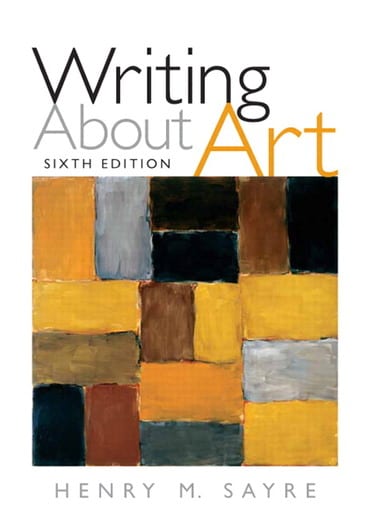Switch content of the page by the Role togglethe content would be changed according to the role

Writing About Art, 6th edition
Published by Pearson (July 10, 2008) © 2009
- Henry M. Sayre
Paperback
$63.99
Price Reduced From: $79.99
ISBN-13: 9780205645787
Writing About Art
Published 2008
Need help? Get in touch